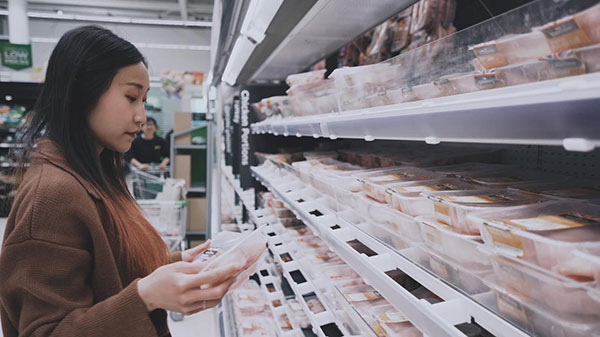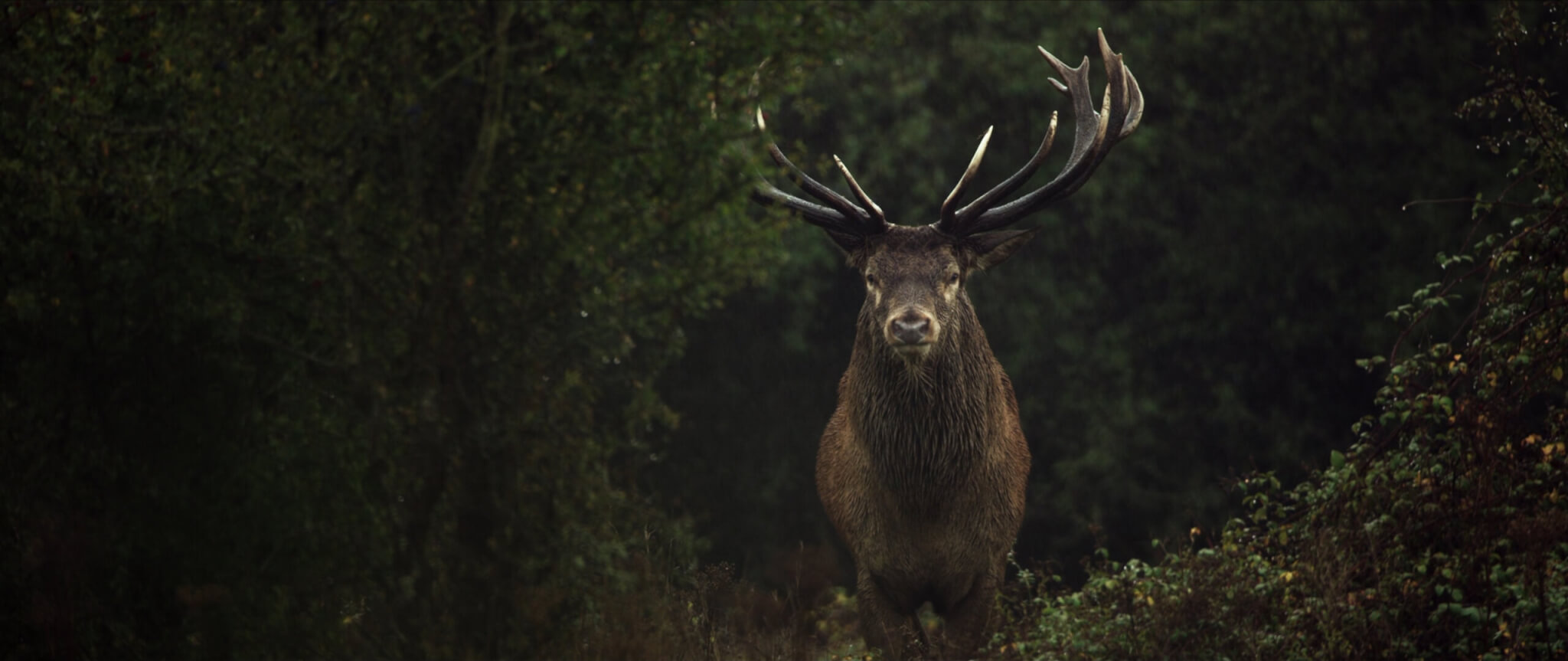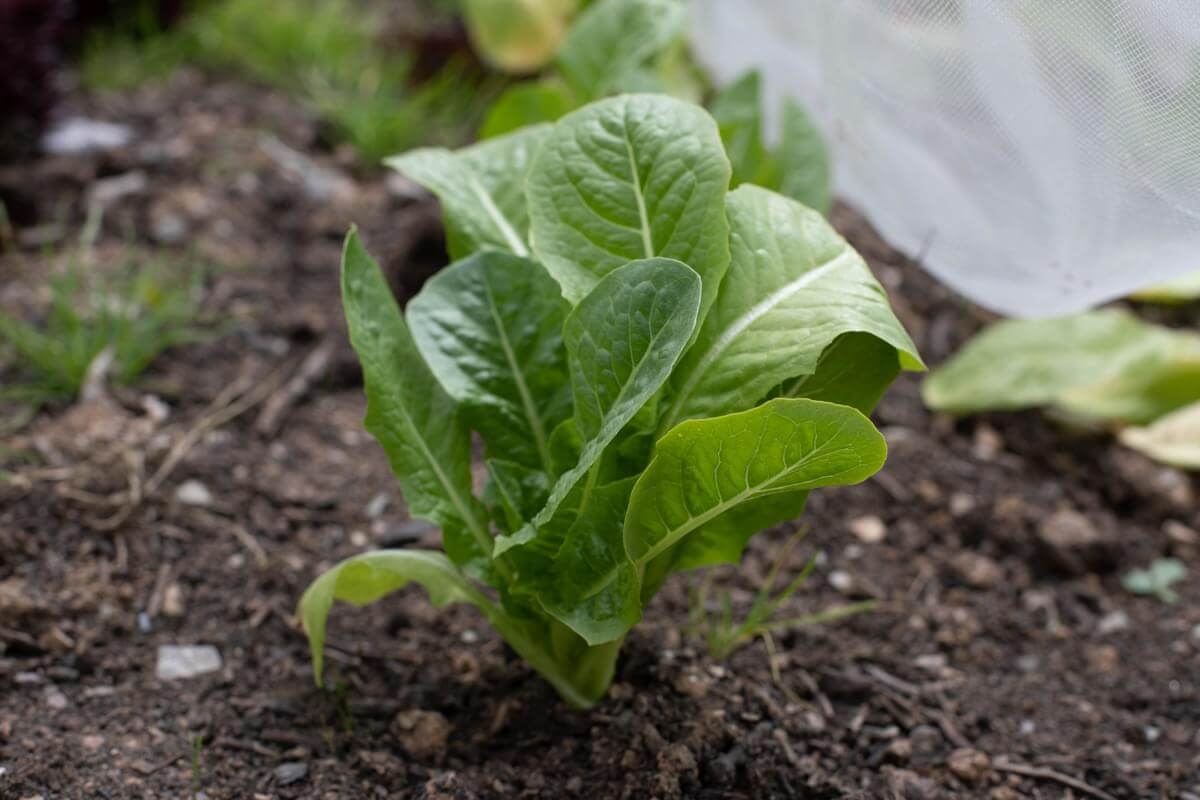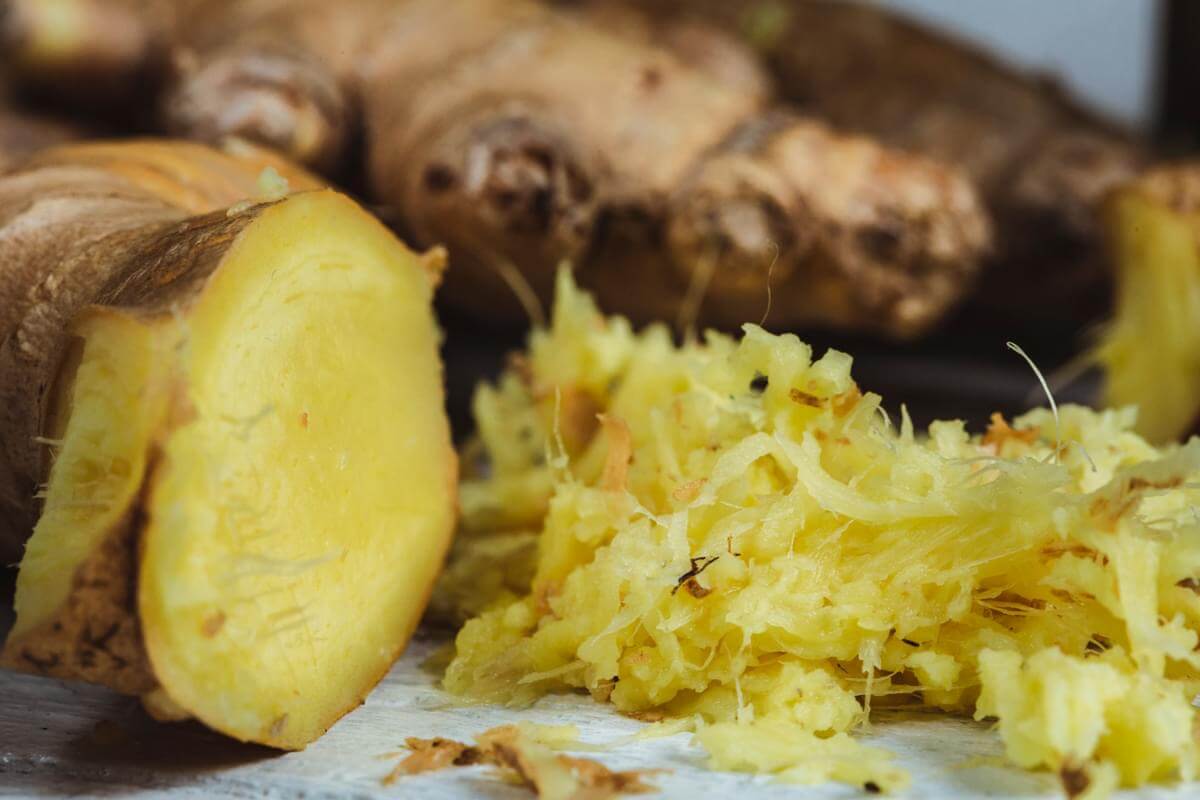Feeding animals with UK-grown protein crops could help replace imported soya that is grown using toxic pesticides harming both humans and wildlife, a new campaign has said.
The Soil Association wants supermarkets to help farmers to start reducing soya, which is a nutritious and cheap element of animal feed grown primarily in Brazil, and encourage more use of UK-grown protein crops like beans, vetch and sprouting wheat.
Soya is known to be linked to deforestation as fragile forest ecosystems in the Amazon and Cerrado regions are cleared to grow the crop, but it is also a major user of pesticides in these areas.
Soya accounts for 60 per cent of Brazil’s pesticide use, with 150 products approved for use including chlorpyrifos and imidacloprid (known to be ‘highly toxic to bees’), and paraquat, a herbicide that is ‘fatal if inhaled’, according to a report called Stop Poison Poultry released alongside the campaign.
Pesticides are responsible for 70,000 poisonings annually in Brazil, according to data prepared by the Brazilian Association of Public Health and published in the report, with children among the most severely affected.
In the UK, at least three quarters of soya consumption is within animal feed, mostly fed to chickens and pigs, and more than one million tonnes of soya is imported into the UK each year to feed British meat chickens.

“Chickens are the primary British consumer of Brazilian soya,” said Soil Association campaigns advisor Cathy Cliff. “While soya has been a sensible choice from a nutritional perspective, providing the right balance of amino acids for poultry, the ecological costs have become intolerable. Vulnerable animals and communities are paying that price with their health.
“We need to be thinking about the resilience of UK production, as well as our environmental footprint overseas. Our farmers should be able to purchase feeds that don’t harm biodiversity and communities.
“Now is the time to invest in UK protein crops and ease our reliance on imported soya – British businesses can lead the way in addressing this environmental challenge.”
The Soil Association wants more farmer-led research into UK-grown animal feed after a recent trial found some good alternatives. The group also wants supermarkets to encourage and facilitate the take up of these alternative proteins.
Innovative Farmers field lab coordinator Jerry Alford said: “Soya is hard to beat nutritionally, and although it can be grown in the UK in certain areas, it’s unlikely to be possible to grow it in the volumes needed.
“We need to look at what resources we have available, what we can grow, and how we can adapt these to produce our own alternative feeds, rather than importing them.
“But farmers need to have confidence that alternatives will work in UK soils and that they are doing right by their animals, so we quickly need to see more research and commitments from retailers and processors to build the market for these products.”
Cliff added: “The poisonings associated with poultry farming are not the fault of British farmers or retailers, but the evidence is deeply concerning, and everyone involved has a part to play. That’s why we’re campaigning to ‘Stop Poison Poultry’ and asking retailers and supply chains to invest in UK protein crops in place of soya.”
It comes as farmers told Wicked Leeks last year that what they grow is largely influenced by what agribusinesses want to sell and make available, and as protein crops like peas and beans don’t require many additional inputs, research and investment has been limited.
While protein crops are primarily used in animal feed, there is also a parallel movement to invest more in British-grown pulses and legumes for human consumption as a sustainable animal protein alternative.















Why are we importing crops sprayed with paraquat and other poisons? Am I right in thinking its banned in this country but is made in Great Britain and sold abroad where lower standards prevail? How do people making this stuff sleep at night knowing how much harm it causes?
Another thought, but not original, Why are we feeding protein crops to animals when we can eat the protein without it passing through livestock? It seems mighty inefficient to me. Oh that’s apart from causing immense damage to our Earth.
Please can you tell what beans (for human consumption) would grow best on light slightly acidic soil near Ashburton? Thanks.
David
Hi David
I don’t have the answer but the Hodmedods guys may know. https://hodmedods.co.uk/
There is also a trade association https://www.pulsesuk.co.uk/about-us/
Libby
Please be very careful about perpetuating the inaccuracies of this report from the Soil Association regarding beans and soya. The rest of the report is interesting from SA, and warrants further investigation regarding polution
Beans cannot replace soya – certainly not like for like. Beans 25% protein, soya is 48%. It is not possible to squeeze in a raw material into the diet that has half the protein, without taking up twice the space. In most diets, even more so with organic, there is not the space in the diet to meet the nutritional needs of a monogastric animal.
Just 14% of soya in the UK comes from Brazil, the balance from the US and the rest of south America.
We import over 2 million tonne of soya into the UK (nothing compared to China’s 110 mln).
Martin
It certainly is a complete protein isn’t it. Although soy from the US and Canada isn’t tearing down the rainforest, it’s still more of the same GM, round up ready crops. Not exactly the utopic vision of ecologically sound farming.
What are the inaccuracies you’ve spotted?
Also, does our reliance on soya have something to do with the breeding programmes of these animals, esepcially developed to respond to soy rather than homegrown, less protein dense crops/forage?
Jack
You raise some good points.
Yes, the soya is GM. Until the consumer is prepared to pay a premium for non GM, and the retailers ask for it the farmers cannot afford to buy it. That argument was lost 15 years ago.
The inaccuracies were the amount of soya we import, and its origin.
There is probably a link between advancing genetics, and the need for higher nutrition, but turning back 60 years of genetic advance will not happen. Monogastric animals need god quality feed, which needs good quality protein. As a rule, to grow protein you need sun, and we have insufficient sun available. Mid proteins like beans do not work cost effectively.
At the moment consumers, and the retailers are not paying sufficiently for eggs and poultry meat, particularly organic eggs and poultry meat – and are going out of business as we speak. They cannot take the burden of even higher input costs (feed price rises from unsuitable poorer value proteins) and not be paid adequately by their customers.
I have a few chickens and feed them as much of my own food as possible with the back up of pellets, which contain soya – it seems quite hard to get soya free feed? Any ideas?
I’m not sure how far you’re willing to go for your chooks, but I know black soldier fly larvae are full of protein and an excellent replacement for soya. I hear you can find anything on the internet these days.
But if you’re looking for something that is less hassle: this looks a good soy free mix for chickens: http://www.animalfeedstore.com/product/natural-free-range-layers-pellets/
Apparently, the marigolds make the yolks nice and orange!